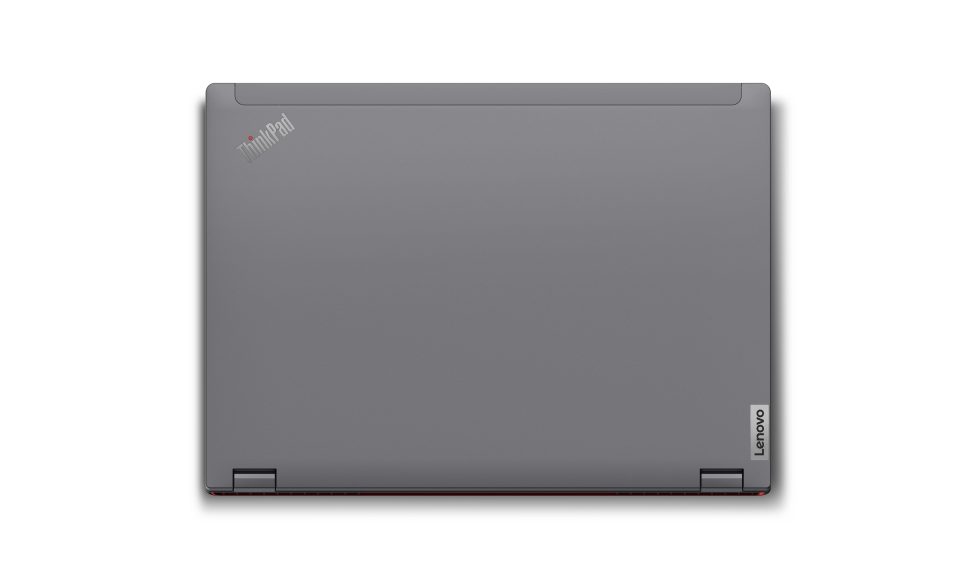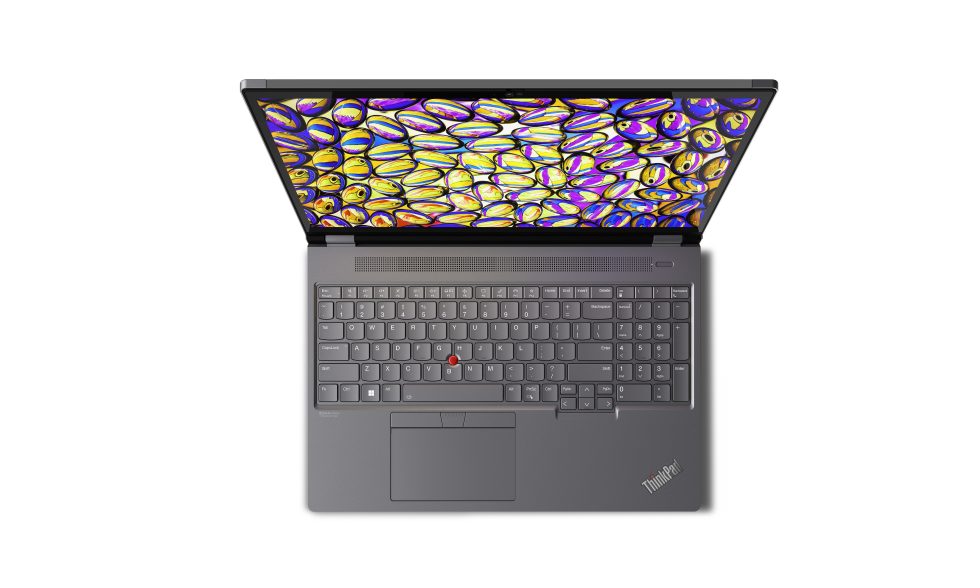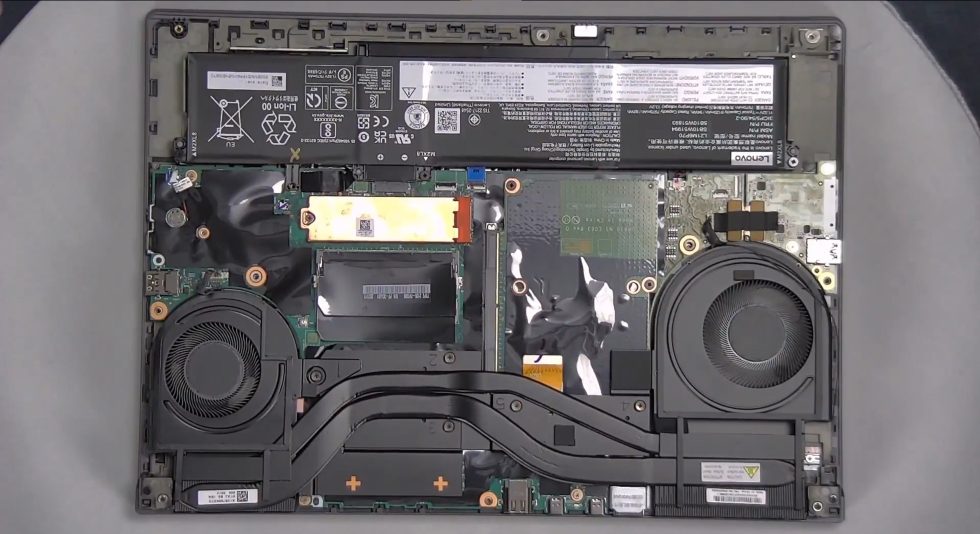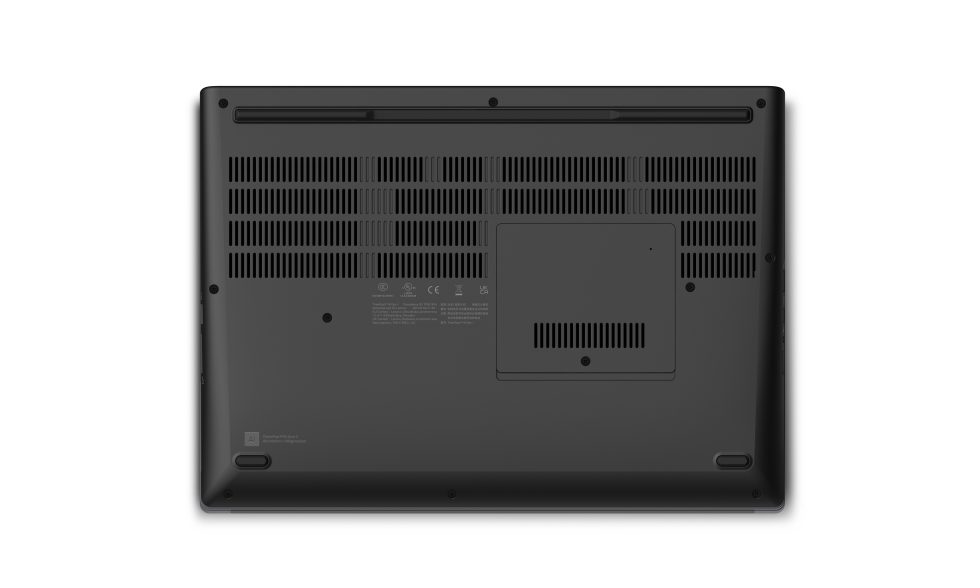
Lenovo is increasing the performance while shrinking the diagonal screen size of its P-series ThinkPad laptop workstation. The Lenovo ThinkPad P16 announced Tuesday aims to serve professionals with high-performance mobile needs with Intel's recently announced 12th Gen mobile HX-series processors and a taller display.
Desktop-level parts
This is Lenovo's first product to feature Intel's HX-series mobile CPUs. Announced earlier in May, the chips promise more desktop-like performance with 55 W thermal design power (TDP). We expect the chips to run faster for longer with greater power consumption and heat than the next most powerful series in the 12th Gen mobile lineup, Intel's H-series chips with 45 W TDP.

The P16 will go up to an i9 HX-series processor with eight Performance cores that can boost up to 5 GHz and eight Efficiency cores that can boost up to 3.6 GHz.
For GPU-intensive workloads, the laptop includes up to an Nvidia RTX A5500 GPU with 16GB of VRAM and a 115 W TDP.
You can also stack the system's RAM and storage. It will come with up to 128GB of ECC or non-ECC DDR5-4800 memory across four DIMM slots and 8TB of NVMe PCIe 4.0 SSD storage across two M.2 slots, plus a 94 WHr battery.
New screen size

The P16's 16-inch display brings a new form to the ThinkPad P-series that's been dominated by 15- and 17-inch options. Despite being smaller diagonally than the P17's 17.3-inch screen, the P16's 16:10 display is the same height. The P16's screen is also the same width as the P15's 15.6-inch screen. So Lenovo is hoping to have found a favorable middle ground here.
That new display has an OLED touchscreen option with 3840×2400 resolution that claims 100 percent coverage of the DCI-P3 color space. The OLED screen is limited to a 400-nit brightness claim, but if you plan to use the clamshell in a bright room or outdoors, you might want to consider the IPS option, which can purportedly hit up to 600 nits.
Revamped cooling
With a 16-inch display, the P16 measures 14.3×10.5×1.2 inches and starts at 6.5 lbs. That makes it slightly thicker but lighter than the P17 (16.3×11×0.9 inches, starts at 8.09 lbs), despite being more powerful.
To accommodate all that computing power in a lighter design, Lenovo revamped the cooling system for the P-series laptop.

There are dedicated vapor chambers for the CPU and GPU, and the heat pipes running along the southern edge of the laptop are larger than before and complemented with thermal plating that extends to the GPU if you opt for an A5500.

Further, the laptop's two fans each have a diameter that's 0.39 inches (10 mm) larger than the fans in the P15 and P17.
Air intake from the keyboard and the laptop's underside is also supposed to allow more heat to exit through the vents on the spine.

The ThinkPad P16 will ship with Windows 11 Pro and Home, Windows 10 Pro, Ubuntu Linux, Red Hat Enterprise Linux, and Fedora Linux. It'll cost $1,979 when it comes out "later this month," Lenovo said.
Ars Technica may earn compensation for sales from links on this post through affiliate programs.
reader comments
57